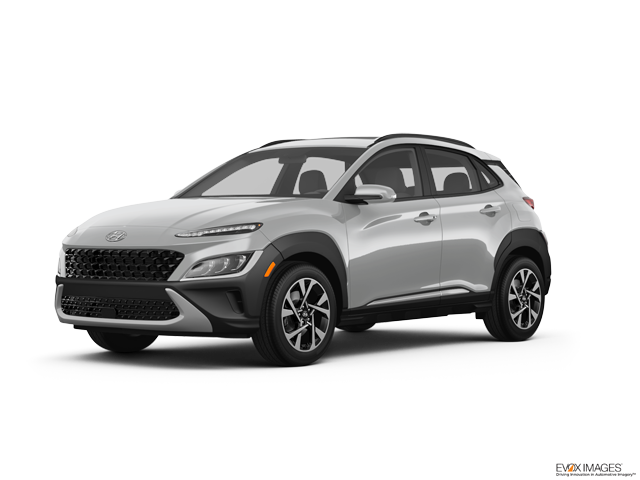© 1999 - 2024Advanta-STAR Automotive Research, all rights reserved. This vehicle comparison and all of the content in it are provided only by license from Advanta-STAR Automotive Research Corporation of America (“Advanta-STAR”). If you are not a legally licensed user of this vehicle comparison, it is against federal law to access it, copy it, forward it, or use it in any manner whatsoever. Any unauthorized use of this vehicle comparison is a violation of U.S. and international law and is punishable criminally and civilly. Removal of this watermark/notification without prior written license and approval received from Advanta-STAR is an agreement, understanding, and/or stipulation by the person(s), entities, agents, attorneys, and any other persons involved in the removal of this watermark/notification (including but not limited to Search Optics, LLC and any and all parent entities, sister entities, and subsidiary entities of Search Optics, LLC and/or any other entity, agent, attorney, and persons related in any manner to Search Optics, LLC) to: 1) an agreed upon amount of liquidated monetary damages of a minimum of $1,250,000.00 US Dollars in favor of Advanta-STAR; 2) the jurisdiction and enforcement of any legal claims associated with this matter asserted by Advanta-STAR in the United States Federal District Court in Portand, Oregon; and 3) service of process of any legal claims asserted by Advanta-STAR associated with this matter may be accomplished by First-Class Postage by the United States Postal Service or comparable service. UVHTM-KKW5Y 2a06:98c0:3600::103 2024/12/18
The Taos’ power parking brake sets with one touch and releases with one touch or automatically. The Kona has a lever-type parking brake that has to be strenuously raised to engage properly. It has to be lifted up more and a button depressed to release it.
The Taos’ front and rear power windows all open or close fully with one touch of the switches, making it more convenient at drive-up windows and toll booths, or when talking with someone outside the car. The Kona’s standard power window switches have to be held the entire time to close them fully. Only its driver’s window opens automatically. With the Kona SEL/N Line/Limted’s power windows, only the front windows open or close automatically.
On a hot day the Taos’ driver can lower all the windows from a distance using the keyless remote. The driver of the Kona can only operate the windows from inside the vehicle, with the ignition on.
The Taos’ driver power window, power lock, power mirror and cruise control switches are lit from behind, making them plainly visible and easier to operate at night. The Kona’s power mirror switches are unlit, making them difficult to find at night and operate safely.
Heated windshield washer nozzles are optional on the Taos to prevent washer fluid and nozzles from freezing and help continue to keep the windshield clear in sub-freezing temperatures. The Kona doesn’t offer heated windshield washer nozzles.
Consumer Reports rated the Taos’ headlight performance “Good,” a higher rating than the Kona’s headlights, which were rated “Fair.”
To help drivers avoid possible obstacles, the Taos SEL has standard cornering lights to illuminate around corners when the turn signals are activated. The Kona doesn’t offer cornering lights. The Taos SEL also has standard adaptive headlights to illuminate around corners automatically by reading vehicle speed and steering wheel angle.
Standard air-conditioned seats in the Taos SEL keep the driver and front passenger comfortable and take the sting out of hot seats in Summer. The Kona doesn’t offer air-conditioned seats.
On extremely cold winter days, the Taos’ optional heated steering wheel provides comfort, allowing the driver to steer safely and comfortably before the vehicle heater warms up. The Kona doesn’t offer a heated steering wheel.
The Taos SEL’s standard dual zone air conditioning allows the driver and front passenger to choose two completely different temperatures so people with different temperature preferences won’t have to compromise. This makes both the driver and front passenger as comfortable as possible. The Kona doesn’t offer dual zone air conditioning.
Both the Taos and the Kona offer rear vents. For greater rear passenger comfort, the Taos offers optional rear air conditioning vents to keep rear occupants cool in summer or warm in winter. The Kona doesn’t offer rear air conditioning vents, only heat vents.


